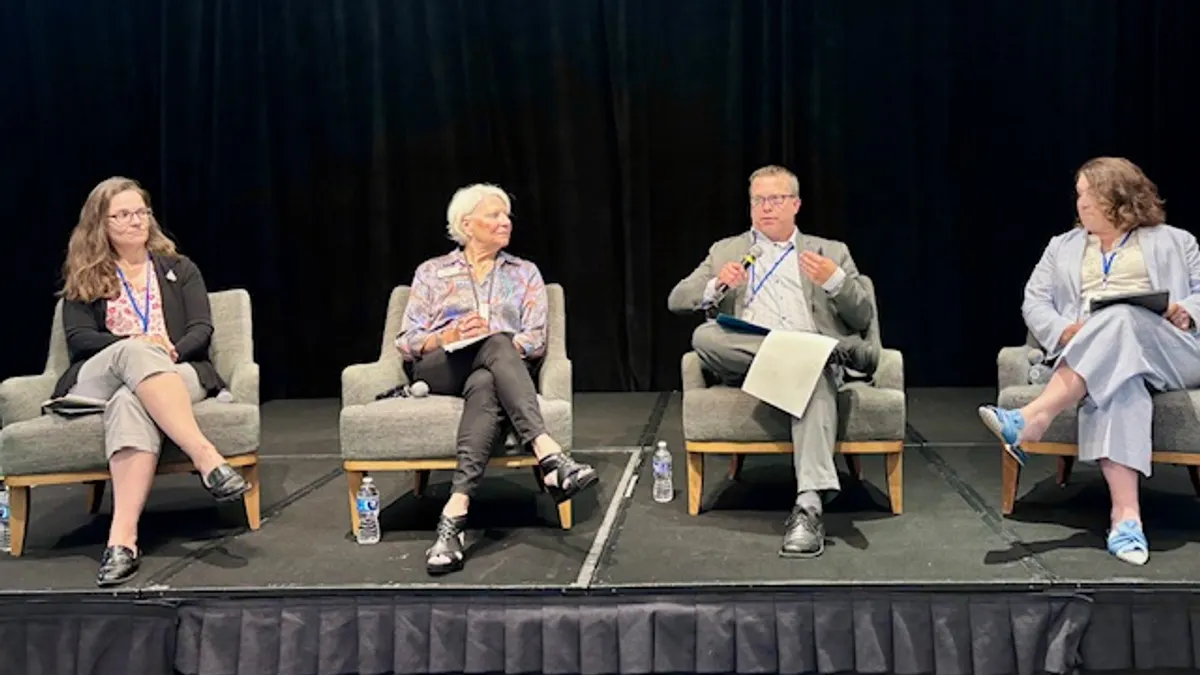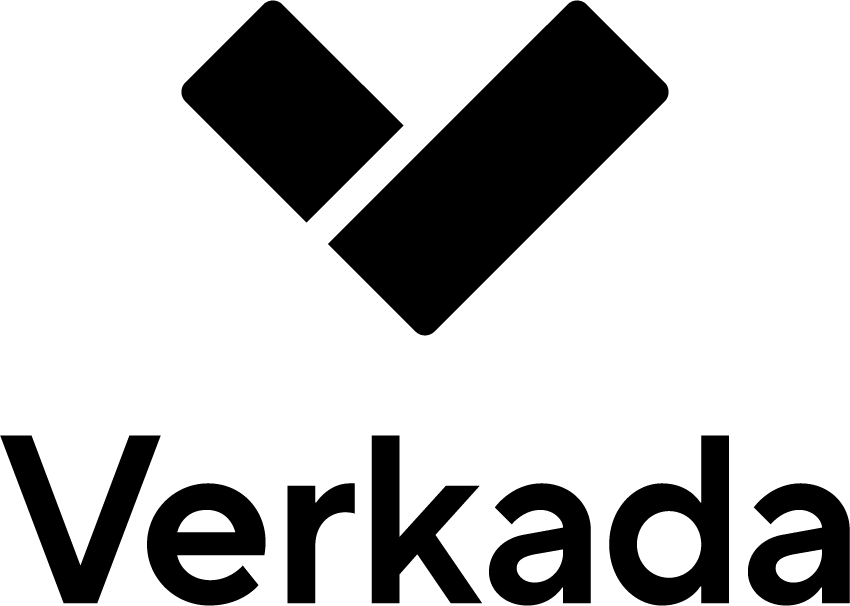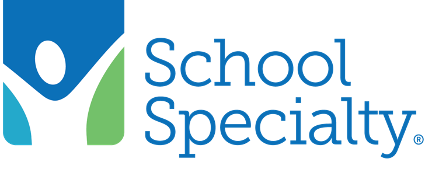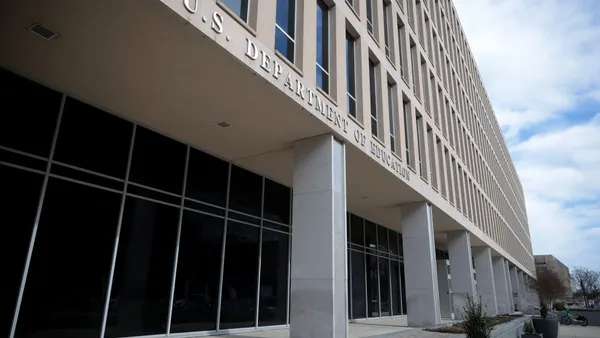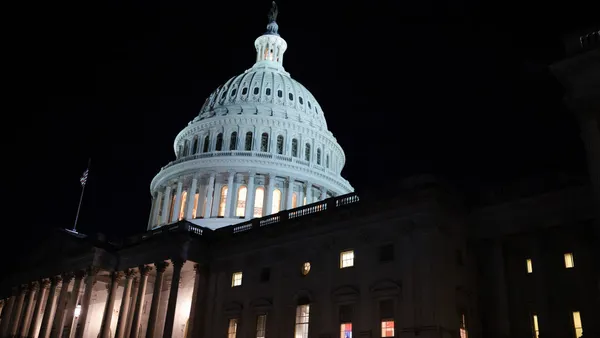ALEXANDRIA, Va. — To address chronic shortages of special educators and disability experts, leaders in the field are looking at best practices across early childhood, K-12 and postsecondary to focus on the similar challenges all three levels face in attracting, preparing and retaining special education professionals.
The cohesive approach to filling shortages of early interventionists, teachers, administrators, paraprofessionals and specialized instructional support personnel — as well as trying to reverse a decline in teacher education enrollment — reflects a shared mission to support students with disabilities at all age levels, speakers said July 14 at a legislative summit hosted by the Council for Exceptional Children and the Council of Administrators of Special Education.
"Schools are facing a significant shortage of qualified special education teachers — a challenge that directly affects the support and outcomes for students with disabilities," said Kevin Rubenstein, president of CASE.
Rubenstein added that finding enough teachers to fill staff vacancies "feels like trying to spot a unicorn," because it's "rare but magical."
At the start of the 2024-25 school year, 74% of both elementary and middle schools reported difficulty filling special education teacher vacancies with fully certified teachers, according to federal data. Early childhood education is also facing challenges in recruiting and retaining early interventionists.
At the higher education level, enrollment in teacher preparation programs has plummeted by 45% in one decade, according to CASE.
Supporting special educators
Developing a comprehensive special educator pipeline can better support teacher prep activities so future educators can eventually help boost outcomes for students at all levels, speakers said.
According to Amanda Schwartz, associate project director of the Maryland Early EdCorp Apprenticeship Program at the University of Maryland, some solutions to recruiting and retaining early interventionists include: boosting salaries, reducing teacher-student ratios, and training on high standards for early intervention services.
Recruiting and retaining qualified early interventionists is critical to children's development, Schwartz said. "We want our teachers to have all this content in order to be able to deliver appropriate practice in classrooms," she said.
David Krantz, executive director of special education at Michigan's Saginaw Intermediate School District, said it's helpful to have robust data that can pinpoint where there are staffing struggles.
Krantz then pointed to specific ways districts can attract and retain paraprofessionals who support special educators in the classroom. For starters, he said, paraprofessionals need to know their work matters.
"If people don't feel valued in their service, they're going to leave," Krantz said.
The Michigan Association of Administrators of Special Education started a paraeducator learning series in January to provide professional development and other support to paraprofessionals. About 350 paraprofessionals have participated so far, Krantz said.
In the higher education field, Kyena Cornelius, an education professor at the University of Florida, put it bluntly: "Our supply pipeline is broken."
While alternative pathways to the teaching profession have grown, those programs often don't provide the depth of training into teaching pedagogy or disability-specific knowledge needed, she said. The alternative pathways, Cornelius added, were never meant to replace traditional teacher preparation programs
She highlighted CEC's professional standards for special educators as a blueprint for the knowledge and skills teachers need so they are ready to serve students with disabilities and stay in the profession.
"We need to think about how we can not only attract and retain but how we can comprehensively prepare teachers in an affordable way, how we can make it attractable and get them the skills," Cornelius said.


